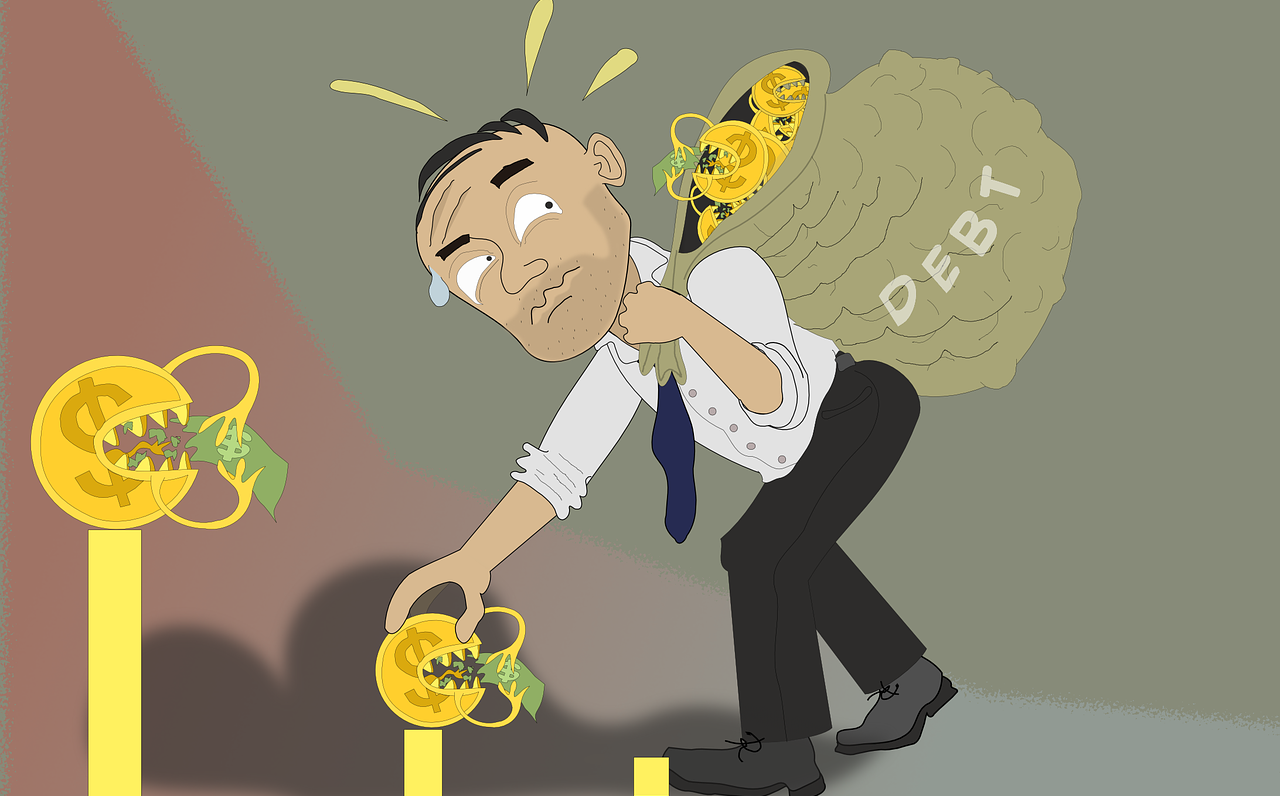We all know, bad loans have put a dent in the profitability of the banking sector. The newly appointed chairman of the largest lending bank SBI, clearly stated that the bank is witnessing a historic level of bad loans and a special division has been created to restructure top-level and mid-level management to run the nation’s money in a better way.
Not only, SBI, even the Punjab National Bank has reported the same story, the bank has put its assets under 32 bad loans with an outstanding amount due of 1,176 crores on the block. The recent report has highlighted that Indian bad loans have hit a skyrocketing record with 9.5 trillion rupees in the end of June quarter, and an unpublished data reveal that Asia’s third- largest economy in under a danger.
Why are the banks suffering from this economic disaster?
It is believed that the bulk of India sour loans stems from the state bank lending to large conglomerate, especially in steel and infrastructure segment. The steel, cement industries continue to grow at a sluggish rate because the key consumption sector like infrastructure and real estate are experiencing a muted growth. While the official numbers are still not confirmed but April –September steel growth rate has slowed down to a nine year low and on the other hand, the cement industry is facing 5-6 percent low volume growth. Other reasons predicted are stringent bank regulatory policies, implementation of GST and demonetization.
The analysts agree that the months ahead would be strained. The stressed loans have reached to 12.6 percentage at the month end, June. RBI predicts it is the highest level in 15 years.
Is RBI taking the stringent steps to curb down bad loans?
Theoretically, the apex bank of India, is taking five steps to reduce the mounting bad loans.
- Changes in the banking law-the RBI is planning to give more powers to the banks to keep a check on the bank account of the defaulters.
- Stringent recovery rules have been adopted to tackle the problem of bad loans
- RBI loan restructuring schemes are being implemented like corporate debt restructuring, flexible restructuring for long-term project loans to strategic debt restructuring to control the menace of NPA
- The RBI is planning to take a stress test for the various banks
- Government and RBI are planning to come up with a one- time settlement scheme for the defaulters before starting to take stringent steps against
Conclusion
The FITCH ratings have estimated that Indian banks need at least $65 billion capital by March 2019 to meet BASEL III requirements of the global banking rules. The government is left with only 3 billion $ in its budget for bank recapitalization.
The scenario is grim, treasury income is falling and it is becoming difficult for the banks to grant loans. Some, senior officials on condition of anonymity also questioned,
“Do they want banks to wind up their businesses, or do they want to save the banks?”














Pingback: What HDFC and ICICI Q2 Earnings Report Mean for Share Buyers?
Pingback: PNB Stock Price Slides After Bank Fraud Reported, Should u Sell?